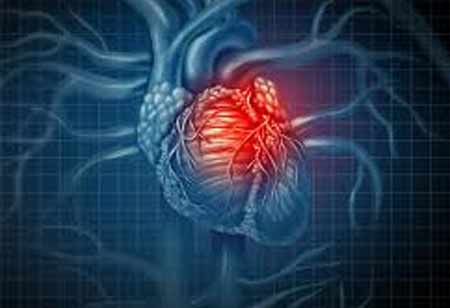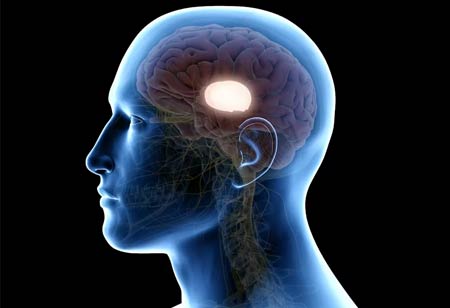Understanding Heart Attacks
Heart disease, often a silent predator, lurks in the lives of many, manifesting as the leading cause of death worldwide.

By
Medical Care Review | Wednesday, June 19, 2024
Stay on top of your health and well-being with exclusive feature stories on the top medical clinics and treatment centers, expert insights and the latest news delivered straight to your inbox. Subscribe today.
By recognizing the signs, knowing the risk elements, and adopting a heart-healthy lifestyle, we can combat the silent predator of heart disease.
Fremont, CA: Heart disease, often a silent predator, lurks in the lives of many, manifesting as the leading cause of death worldwide. A heart attack, or myocardial infarction, is a dire emergency that strikes when the heart's blood supply is abruptly cut off, starving it of oxygen and leading to tissue death. This article delves into the reasons, symptoms, and prevention of heart attacks, aiming to empower readers with life-saving knowledge.
Decoding the Causes
A heart attack transpires when the arteries supplying blood to the heart become blocked, usually by a buildup of fatty deposits understood as plaque. This blockage prevents oxygen-rich blood from reaching portions of the heart muscle, causing them to die. The primary culprit behind this blockage is coronary artery disease (CAD), the most typical type of heart disease.
Recognizing the Symptoms
The indications of a heart attack can vary, but they often include:
• Chest ache or pain, often described as a feeling of pressure, squeezing, or fullness
• Pain or affliction in the arms, back, neck, jaw, or stomach
• Shortness of breath
• Cold sweat, nausea, or lightheadedness
It's crucial to note that symptoms can differ between individuals, and women are more likely to experience non-chest pain symptoms such as shortness of breath, nausea, and back or jaw pain.
Risk Factors at Play
Several factors increase the risk of a heart attack, including:
• Age, with men over 55 and women post-menopause at higher risk
• A sedentary lifestyle
• Diabetes or metabolic syndrome
• A family history of heart disease
• High blood pressure and cholesterol levels
• Obesity and smoking
Preventive Measures
Preventing a heart attack involves managing risk factors through lifestyle changes and, if necessary, medication. Key strategies include:
• Maintaining a nourishing diet rich in fruits, vegetables, and whole grains
• Regular physical activity
• Avoiding tobacco and limiting alcohol consumption
• Managing stress effectively
• Regular health screenings to monitor blood pressure, cholesterol, and diabetes
Understanding heart attacks is a step towards prevention. By recognizing the signs, knowing the risk factors, and embracing a heart-healthy lifestyle, we can combat the silent predator of heart disease. Let's take charge of our heart health today for a brighter, healthier tomorrow.







